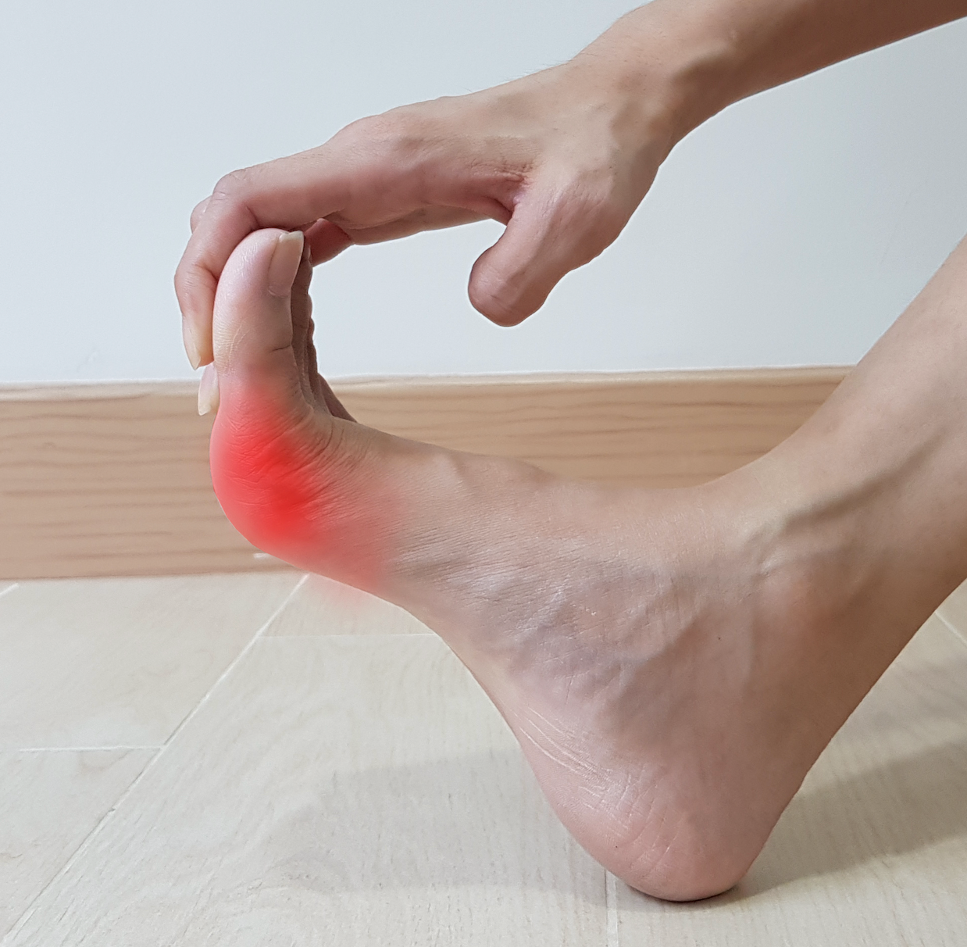Article
DECT Scoring System Proves to be a Noninvasive, Effective Tool for Gout Diagnosis
Author(s):
The DECT scoring system obtained excellent diagnostic performance for differentiating early-stage gout from middle-stage gout, with sensitivity, positive and negative predictive values, and specificity all achieving an accuracy of > 85%.
The novel dual-energy computed tomography (DECT) scoring system was shown to be an effective method for diagnosis gout due to its high detection efficacy, according to a study published in Medicine.1 It may also be used as a surrogate method to determine urate crystals and erosion of surrounding tissues. Total DECT scores were linked to longer disease duration, bone erosions, Achilles tendon involvement, and higher serum uric acid levels.

“Clinical features of gout may be absent in some patients; therefore, imaging modalities can help identify affected joints and diagnose gout in such scenarios,” Huanhuan Zhong, Msc, of the Department of Radiology at the Chinese University of Hong Kong, China, and colleagues, stated. “DECT has gained increasing importance in the diagnosis of gout over the past decade. DECT is a noninvasive alternative modality for detecting monosodium urate (MSU) crystals with diagnostic accuracy, especially in identifying subclinical tophi.”
Investigators recruited 287 adult patients with gout between November 2018 and November 2021. All patients received an ankle and foot DECT scans in 1 acquisition. Examinations were conducted using a 3-generation dual-source CT scanner with 2 X-ray tubes and 2 detectors. Scores were compared at early, middle, and late stages and diagnostic efficacies were assessed.
Two radiologists, blinded to patient information, independently reviewed the images. The DECT urate scoring system classified the feet and ankles into 4 regions: the first metatarsophalangeal (MTP) joints, 2nd to 5th MTP, and 1st to 5th interphalangeal joints (ITP), ankle and midfoot, and tendon and soft tissues. The clinical variables and DECT scores were used to determine any associations between the 2.
A total of 93 patients had early-stage gout, 70 had middle-stage gout, and 124 had late-stage gout. A significant difference in mean age was observed between those in the early stage and those in the late stage (38.38 years vs 44.90 years, respectively).
Positive DECT results in early, middle, and late stages were 78.5%, 81.4%, and 95.8%, respectively (P >.05). The DECT scoring system was able to achieve excellent diagnostic performance for differentiating early-stage gout from middle-stage gout, with specificity (85.7%), positive predictive value (90.2%), negative predictive value (98.4%), and sensitivity (98.9%). Ankle and midfoot DECT scores and total scores at different stages significantly increased with disease duration (P >.05).
The total DECT score was positively linked to the volume of urate crystals (R = 0.873, P <.001). Bone erosion, disease duration, serum uric acid level, and Achilles tendon involvement were shown to significantly affect the total DECT scores (P <.01).
There were selection biases in patient recruitment due to the retrospective design of the study. As it was cross-sectional in nature, investigators were unable to follow the disease progression and note the efficacy of urate-lowering treatment. Future studies are needed to better assess gout characteristics. Additionally, the DECT scoring system was not compared with other imagining diagnostic modalities, which calls for more perspective studies with larger sample sizes to evaluate the different modalities.
“Prompt diagnosis and timely treatment of gout in the early stages are crucial for achieving a better prognosis,” Zhong concluded. “DECT is a highly accurate diagnostic tool for gout with high sensitivity and specificity.”
References
- Zhong H, Wang M, Zhang H, et al. Gout of feet and ankles in different stages: The potentiality of a new semiquantitative DECT scoring system in monitoring urate deposition. Medicine (Baltimore). 2023;102(3):e32722. doi:10.1097/MD.0000000000032722




